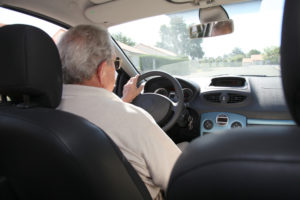Recently there has been a lot of media coverage on railroads hauling crude oil and the safety hazards it presents to every town along the railroad route. One incident involved a BSNF mile-long train carrying crude oil that exploded in Casselton, North Dakota near the homes of 2,000 residents. Railroad accidents and injuries involving crude oil have become more frequent as oil shipments by train have grown 400 percent since 2005. Recently the U.S. National Transportation Safety Board issued recommendations as part of a probe into the Lac-Megantic railroad derailment, which sent a fireball through the center of a Canadian town and caused many injuries and 47 deaths. One of their recommendations include hauling crude oil in stronger tank cars and on safer routes.
BNSF Railway Co. recently announced that it intends to buy a fleet of 5,000 strengthened tank cars to haul oil and ethanol to set a higher benchmark for safety. Among the added safety features the company proposes are ½-inch thick steel shields that would go on either end of the tank cars to help prevent them from cracking open during accidents. The new tanker cars also would have pressure-relief valves capable of withstanding an ethanol-based fire and a tank body made of thicker steel than existing cars. However, BNSF indicated it was unwilling to wait for the U.S. Department of Transportation to finalize pending regulations on improved tank cars. This seems unusual since there is already a two-year backlog on new tank car construction.
It’s unfortunate that lives had to be lost before railroad companies took this step. Even after the terrible accident in Quebec railroads continued to use a specific tanker known as the DOT-111. This type of rail car suffers from a design flaw which causes its steel shell to puncture easily in the event of a derailment. This design defect contributed to the Quebec derailment.
CT









Comments for this article are closed.